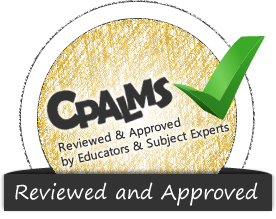Please sign in to access this resource
Not a Florida public school educator?
Access this resourceon CPALMS.com
General Information
Aligned Standards
This vetted resource aligns to concepts or skills in these benchmarks.1 Lesson Plan
In this lesson (part 2 of 2 in a unit), students will read and analyze literary devices in Shirley Jackson's "The Lottery." Students will practice text-coding the story to note uses of setting, imagery, diction, and foreshadowing. Students will complete a handout where they will analyze how Jackson creates suspense through the use of setting, imagery, diction, and foreshadowing. For the summative assessment, students will write an essay comparing and contrasting Edgar Allan Poe's use of suspense with Jackson's, making a claim as to which author more successfully creates a suspenseful mood.
![Cpalms [Logo]](/images/cpalms_color.png)









